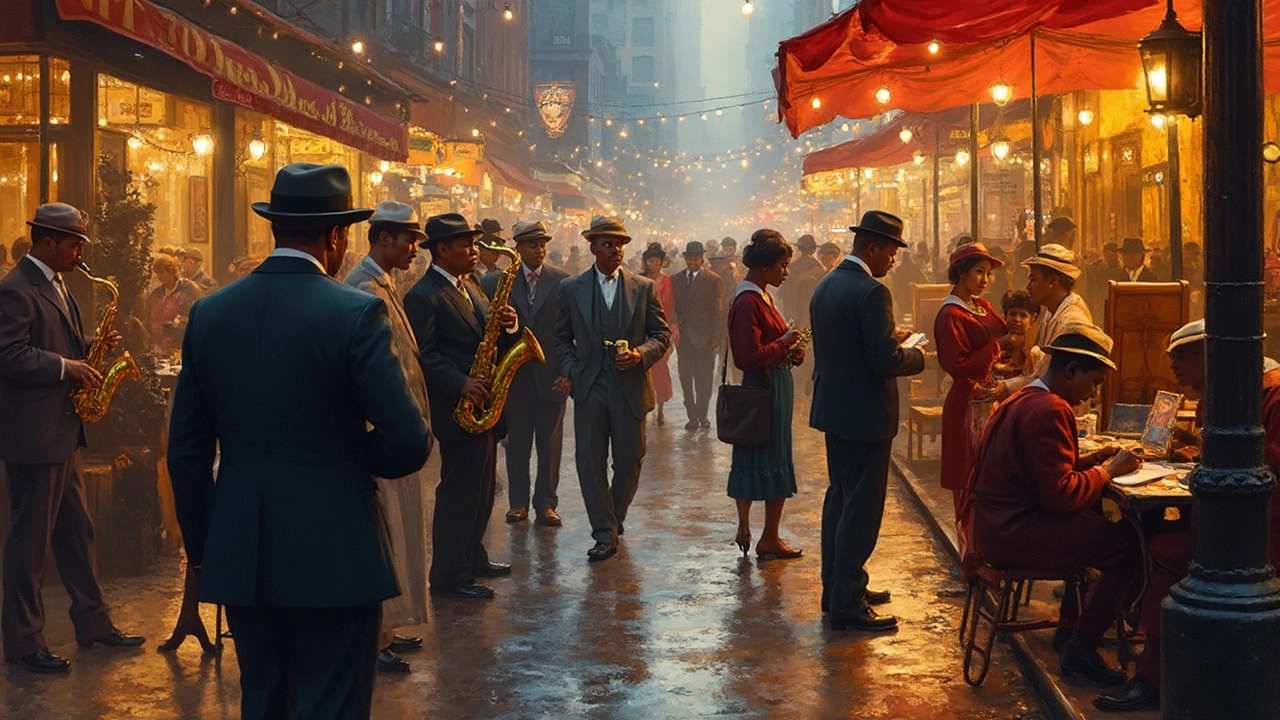Cultural Movement: How Art Movements Change the Way We Live
What if a painting, a chair, or a street mural could remake how people dress, build, or think? Cultural movements do exactly that—small groups try new ideas and those ideas ripple into everyday life.
A cultural movement is a shared set of ideas, styles, or practices that spreads through artists, designers, writers, and activists. It can be loud—like Abstract Expressionism's splattered canvases—or quiet, like Bauhaus's simple chairs that became household staples. Movements borrow from each other, react against what came before, and leave visible traces in cities, products, and media.
How movements start
Most start with a problem someone wants to solve. Bauhaus asked: how can design be useful and beautiful? Futurists wanted speed and machines in art. The Harlem Renaissance answered a social need—Black artists claiming identity and space. A few committed people make work that breaks norms; others notice, copy, and adapt. Funding, technology, and political context speed things up. For example, print media and exhibitions helped De Stijl spread its grid-based design beyond Holland. Today, social media does the same on a faster timeline.
Movements also create new tools and rules. Photorealism pushed painting techniques toward camera-like detail. Land Art moved art out of galleries into landscapes, affecting park and urban design. Fluxus mixed music, theater, and everyday objects to question what art can be. These rule changes create signatures you can learn to spot.
Where you'll see their fingerprints today
Walk through a city and you'll notice movement fingerprints everywhere. Modernist buildings and minimalist furniture? Thank Bauhaus. Bold public sculptures and green plazas? Land Art and urban planners. Graphic layouts that use clear grids and primary colors? De Stijl. Even video games borrow Futurist ideas about motion and technology. Museums show the history, but look at cafes, apps, and fashion to see living influence.
Want to use a cultural movement in your space or work? Pick one clear idea and apply it. For a Bauhaus vibe: choose function-first furniture and neutral colors. For an avant-garde splash: add one unexpected piece—a sculptural lamp or abstract wall art. If you want storytelling power, borrow Harlem Renaissance themes: community, music, and bold portraiture. Mix cautiously: clear contrast is more effective than random clutter.
Curious where to learn more? Read pieces on Bauhaus, Fluxus, Photorealism, Constructivism, and the Harlem Renaissance to see real examples and practical tips. Each movement offers tools you can use—whether you're designing a room, planning public space, or just trying to understand why something looks the way it does.
Start by picking one movement and looking for its signs in your neighborhood—it's a quick way to see art's power in daily life.
If you want a reading list, start with Photorealism Art for technique, Bauhaus Modernism for design basics, Harlem Renaissance for cultural impact, Fluxus for experimental practice, and Land Art’s Impact on Modern Urban Design for public space ideas. Use one article at a time and try a small project that borrows one idea today.

